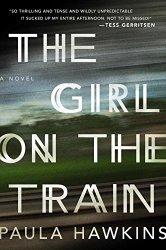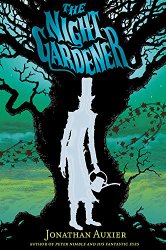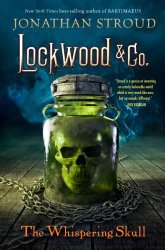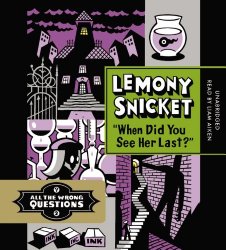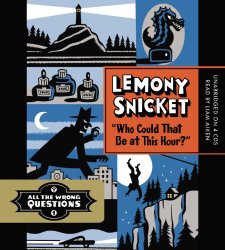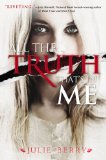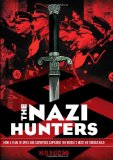Review of The Girl on the Train, by Paula Hawkins
by Paula Hawkins
read by Claire Corbett, Louise Brealey, and India Fisher
Penguin Audio, 2015. 11 hours on 9 compact discs.
Starred Review
Warning to potential listeners: If you have ever been cheated on, this book contains some triggers which will remind you of that time. However, it’s also somewhat therapeutic. It will make you feel that your own reactions were incredibly calm. You were not a crazy woman! (Who knew?)
Rachel Watson rides the train into London every morning and goes home every evening – so her flatmate won’t know that she lost her job months ago for turning up drunk. Every day, the train stops as it passes the house where Rachel used to live – and where her ex-husband Tom lives with his new wife and child – the woman who replaced Rachel and the child she longed to have.
To avoid looking at her home, right next to the tracks, naturally enough Rachel watches the people a few houses down. They are the perfect couple. As in love as Rachel used to be. Rachel gives them names, Jess and Jason, and she imagines their perfect lives.
Then, one day, Rachel sees Jess kissing a man who is not Jason. Jess is ruining Jason’s life, just as Tom ruined hers! That evening, having thought about it all day, in her drunken agitation, she gets off the train at her old stop. She knows something bad happened when she wakes up at home the next morning with a cut on her forehead, but she doesn’t remember at all what it was. And the newspapers say that Jess – actually named Megan – has gone missing.
Gradually, we learn about Rachel’s past, about Megan’s history, and about Anna, the woman who replaced Rachel with Tom. Rachel has not been doing well since Tom left her. And she doesn’t blame Tom – she was already a drunk before he left, depressed because she wasn’t having a baby. Now she calls him at odd hours, even turns up at the house.
But after Megan’s disappearance, Rachel is sure Megan’s husband will be suspected. The police need to know about the man Megan kissed. The husband needs to know. Maybe Rachel has to lie a little bit to get them to listen to her, but it’s all trying to help….
I have to admit, the people in this book are not very nice. The situations are sordid. There’s a whole lot of cheating going on. But ultimately, I found I couldn’t stop listening (and this was another audiobook which had me bringing the final CD into the house to finish listening). The audio production is very well done. The three different narrators for the three women – Rachel, Anna, and Megan – make it clear who is speaking at any given time.
I think the character of Rachel is what had me hooked. I remembered the world-shattering pain of learning my husband was cheating. It would have been so very easy to turn to alcohol. To call him and beg him to take me back. If he had married the mistress and moved into our home with his new wife and baby? Well, her pain was all too easy to imagine.
And the mystery is a tangled and interesting one. There are compelling twists along the way. Let me just say that some of the cheaters get a satisfying comeuppance. But best of all is that by the end of the book we feel that Rachel, who has believed many lies about herself, is on her way to healing.
And that’s a beautiful thing.
Find this review on Sonderbooks at: www.sonderbooks.com/Fiction/girl_on_the_train.html
Disclosure: I am an Amazon Affiliate, and will earn a small percentage if you order a book on Amazon after clicking through from my site.
Source: This review is based on a library audiobook from Fairfax County Public Library.
Disclaimer: I am a professional librarian, but I maintain my website and blogs on my own time. The views expressed are solely my own, and in no way represent the official views of my employer or of any committee or group of which I am part.
What did you think of this book?
